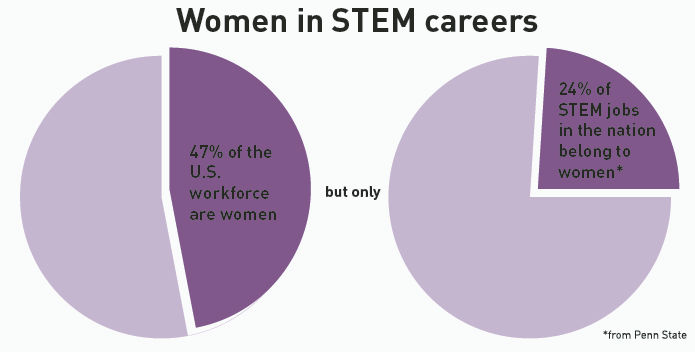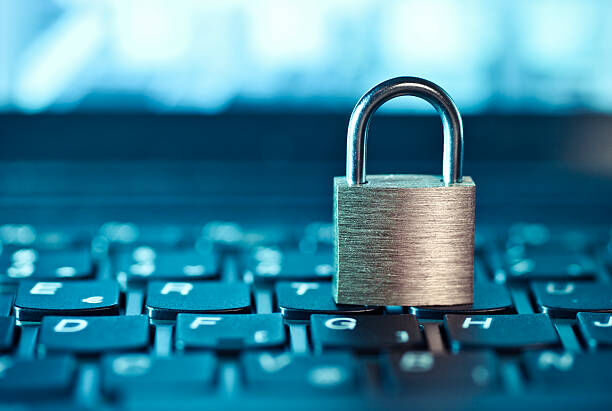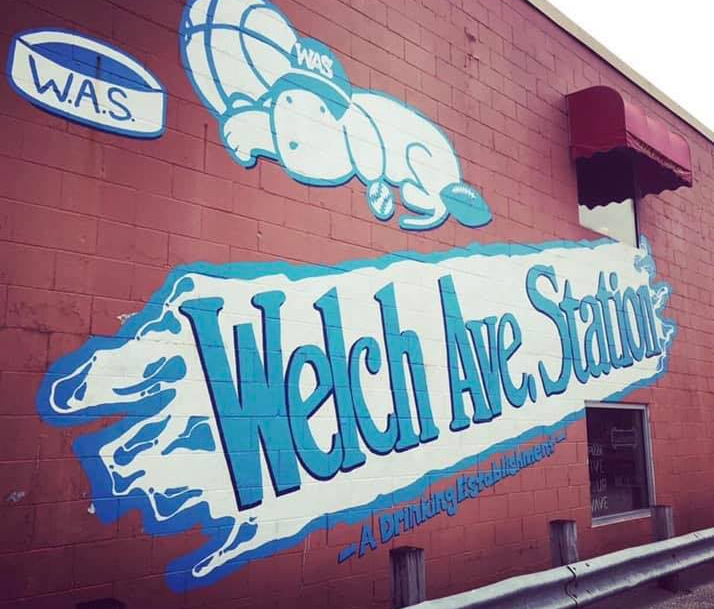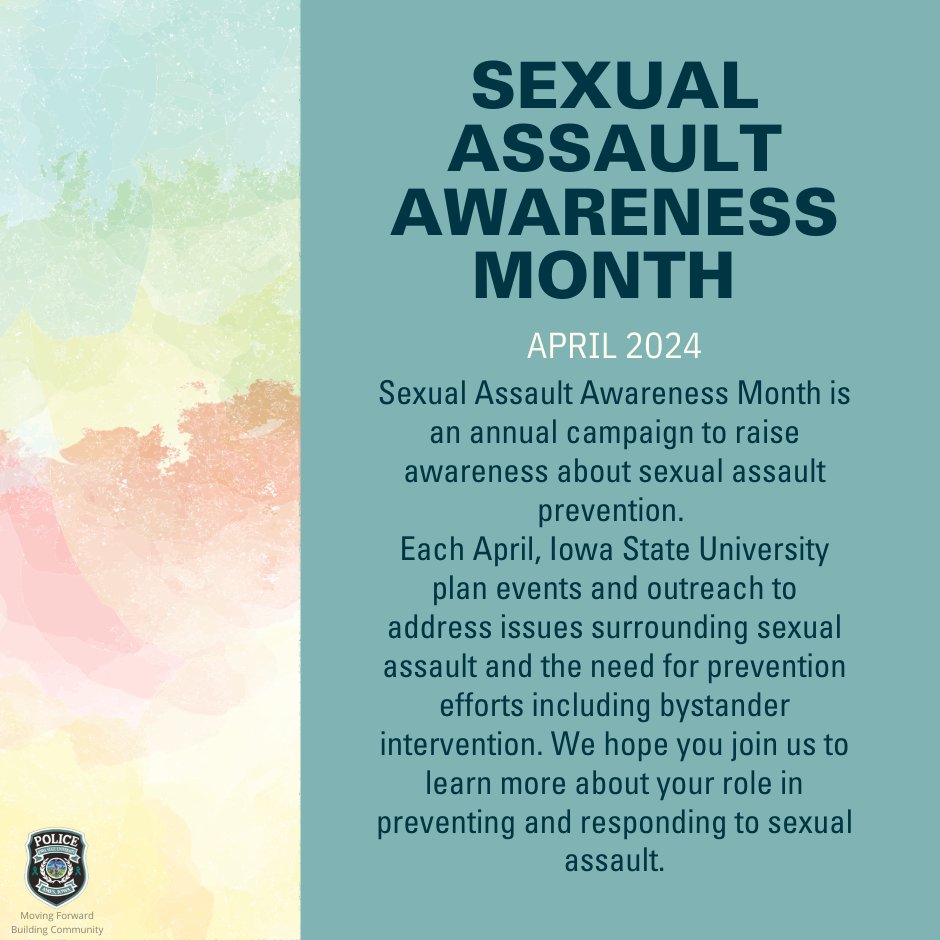Beiwel: Brands should be environmentally conscious
April 11, 2016
I care about the environment, but I don’t think I’m very good at following through on it. I have reusable water bottles, but I still occasionally buy the plastic ones. I leave lights on and cords plugged in, and I sometimes leave the water running when I brush my teeth. As I type this column, my computer isn’t on battery saver.
I care, and while I’m kind of bad at showing and expressing it, I’m trying harder.
Brands, too, are trying harder to show that they care about the world around us.
Ford, Toyota, Dell and Hewlett-Packard are all examples of brands that are trying harder to show they are environmentally conscious.
Furniture company Ikea, though it uses a lot of lumber each year, practices “sustainable forestry“and hopes to be 100 percent renewable by 2020. Ikea also tries to send all of its products straight from the maker to the store to decrease travel time and fuel emissions. It tries to simplify its products to prevent over-packaging, and much of its minimalist design comes from a desire to decrease the used materials.
Johnson and Johnson depend a great deal on solar power, Dell computers try to use sustainable materials and Nike offers the “greenest shoes around.”
This is a shortened list, but numerous companies are trying to decrease their impact on the environment. I don’t know if this is out of actual concern for the environment or because they think their customers will be more receptive to brands try harder to care, but I would guess it’s a combination of the two. However, seeing large companies care about protecting the environment is positive.
So what about the brands that aren’t trying as hard?
It is a well-documented fact that I drink a lot of black coffee every morning. I bought a little pot just for college, and I use it almost every day.
My roommate has a Keurig, which I don’t, but it is a popular method of brewing morning joe. While this method may be easier, it is also much more harmful on the environment. Keurig’s sale of K-cups topped 9 billion in 2014. It sold enough cups to circle the globe more than 10 times, according to The Atlantic. That kind of output is staggeringly wasteful and completely unsustainable.
We can’t say we promote environmental responsibility and then turn a blind eye to such practices while still professing that we care. Society is all for supporting big companies like the ones listed at the beginning of this column, but we aren’t practicing what we preach — or what we have monetarily encouraged those companies to preach.
Some K-cups are biodegradable, but most must be split apart in order to be recyclable, which I understand most people who place convenience above everything else are reticent to do. We want to consume the coffee and then have no regard for the consequences. And since Keurig announced that all K-cups won’t be recyclable until 2020, we have a ways to go. How much waste can we accumulate in four years?
A lot.
I often lie to temper my judgments with understanding, but that is a little harder in this case.
No matter what your opinions are on the environment, I don’t think you believe more trash is a good thing, even if you have to rely on the aesthetic argument.
If you must keep using K-cups, try the ones from New Hampshire Coffee, Dean’s Bean’s or Crazy Cup. Use the little reusable pods if you can.
If you must use K-cups, then please disassemble them. The plastic, aluminum, coffee grounds and paper filter can all be disposed of, but must be done separately. It requires only a tiny portion of your day and can do wonders.
















